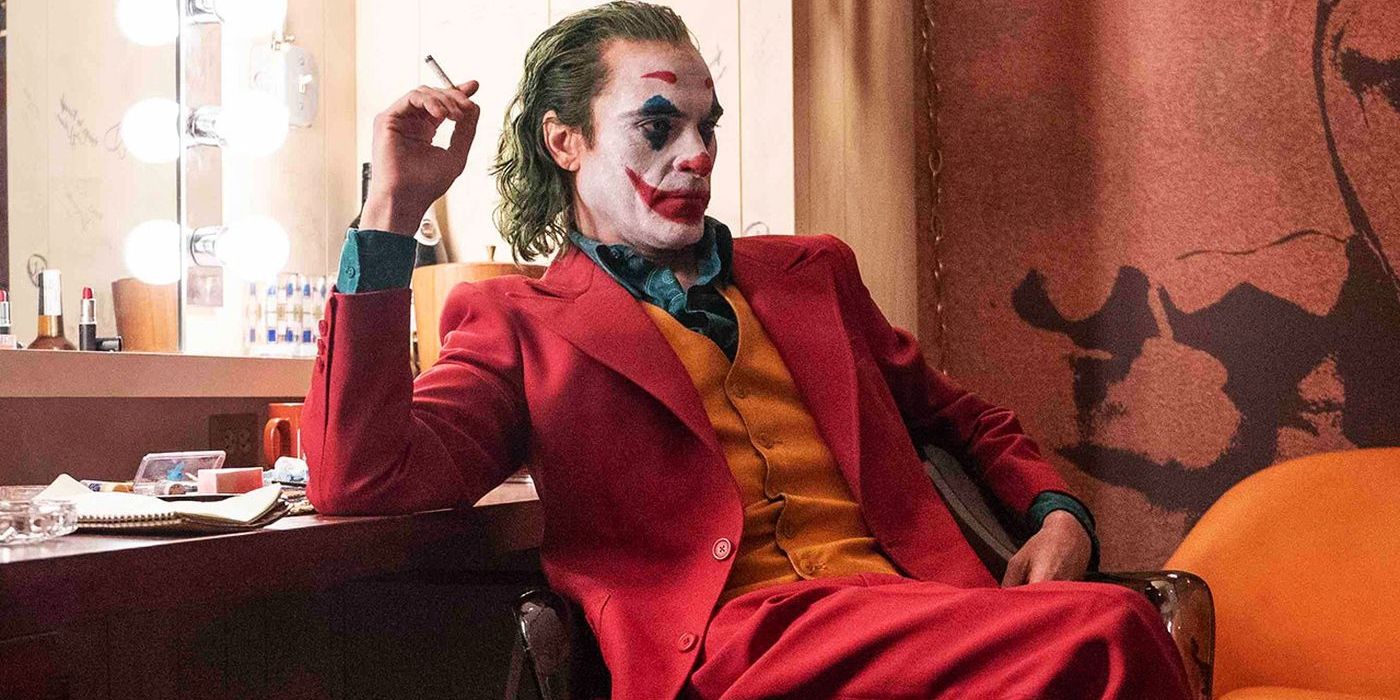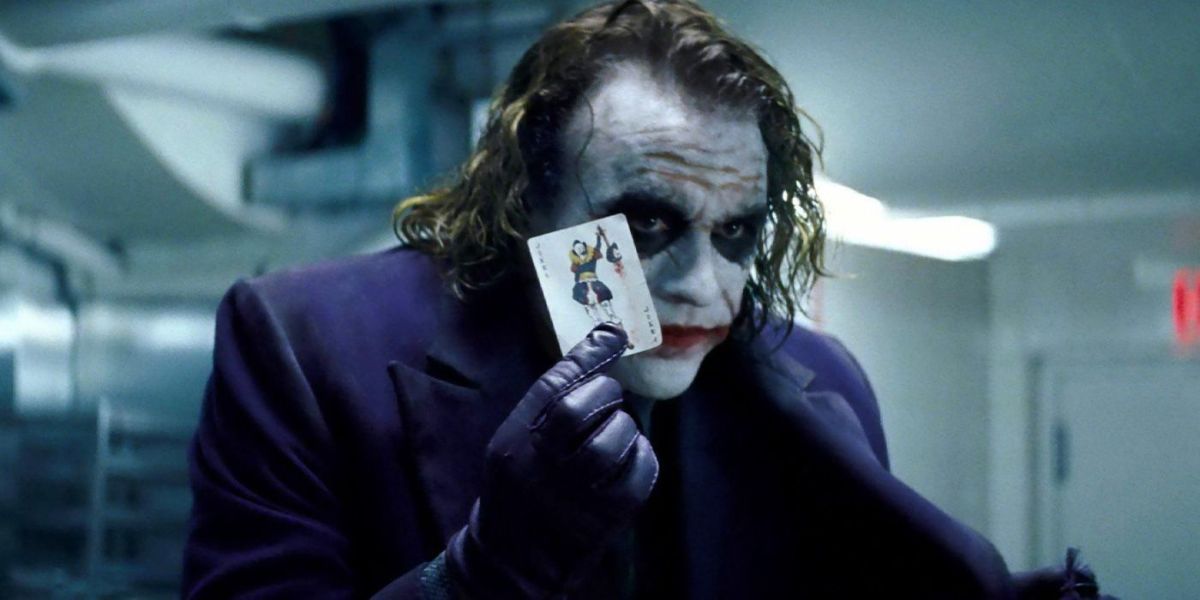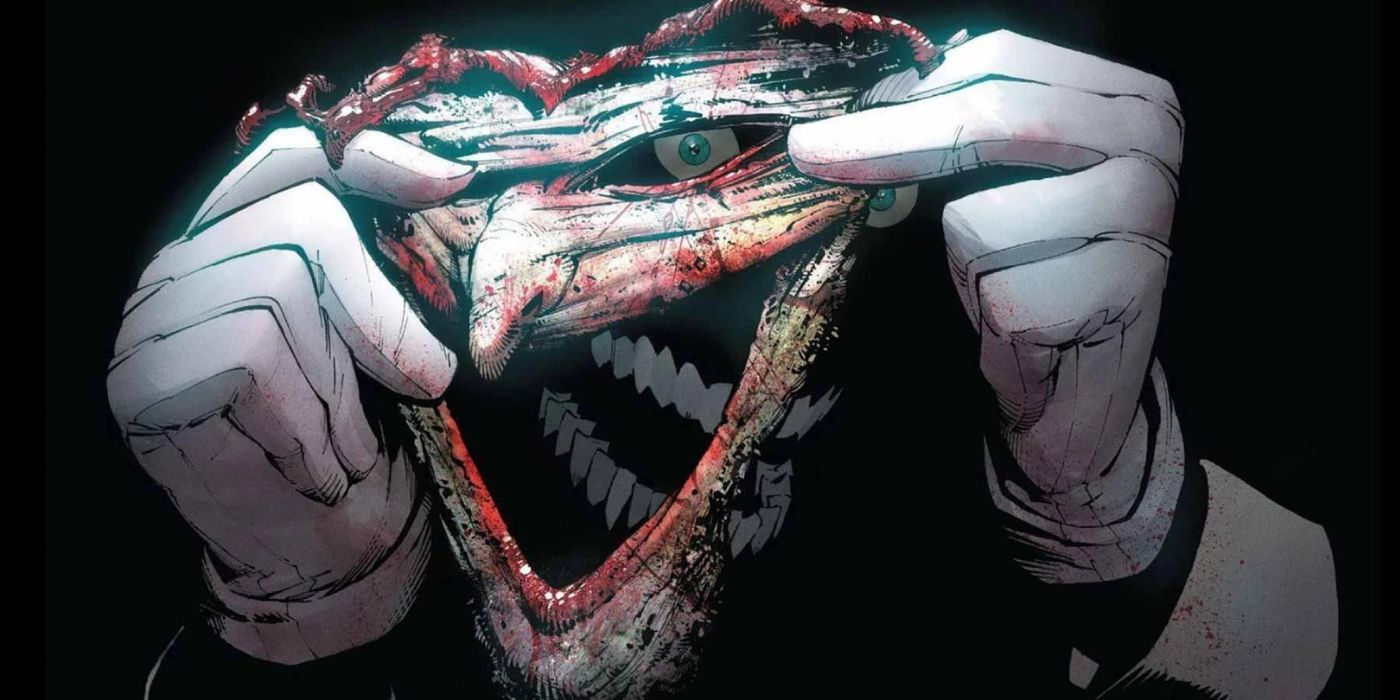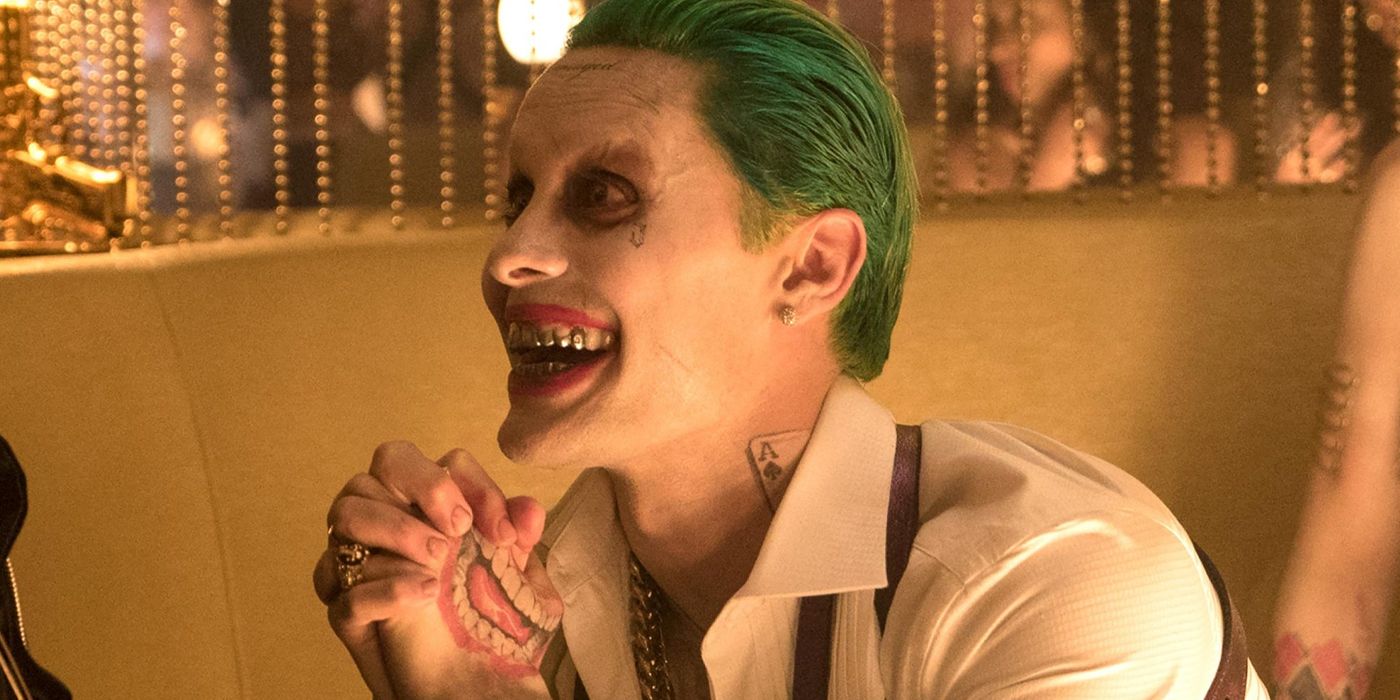We are never going to be rid of The Joker as a character in Batman media. As of this writing, Joaquin Phoenix and Barry Keoghan are both portraying the supervillain in radically different live-action movies. On top of the long list of live action versions of The Joker, there are the countless animated versions of the character showing up in TV programs ranging from Batwheels to Harley Quinn. I’m sure they’ll eventually use time-travel shenanigans to bring him into Pennyworth: The Origin of Batman’s Butler. We’re going to be seeing this character for as long as Warner Bros. and its various subsidiaries can wring money out of Batman…but that doesn’t mean every future incarnation of this ominous foe needs to be the same. By avoiding certain elements of past incarnations of The Joker, this character can still register as impactful.
The prospect of living in a pop culture landscape dominated by just dark interpretations of the Batman mythos doesn’t look quite as dire as it did even a few years ago. Today, there are a lot of bubbly visions of this DC superhero and his key supporting characters, including The Joker. The Harley Quinn cartoon is full of graphic violence and weighty concepts, for instance, but it’s also colorful and carries a constant spring in its step. Still, that doesn’t mean recent live-action approaches to The Joker have been super light-hearted. The 2019 Joker film was famous for being something more disturbing rather than escapist while Jared Leto’s return to the Joker role in Zack Snyder’s Justice League saw him inhabiting a post-apocalyptic wasteland.
If it’s a feature-length movie and Joker’s in it, the character’s bound to show up in a downbeat manner. But what about something lighter? Since there are now going to be multiple versions of The Joker running around in movie theaters, surely a version of this character that isn’t just dour and grimy tattoos can exist again. Many animated takes on this comic book villain have shown it’s possible to do a fun yet still intimidating version of The Joker that’s appropriately ridiculous or light-hearted. Just ask Mark Hamill, who demonstrated in projects like Batman: Mask of the Phantasm how he could be someone that sends chills up your spine but also can be amusing or zippy. Now that we’ve done grimy interpretations of The Joker a lot recently, it could be time for something more Caesar Romero and less forehead tattoos.
“Wanna Know How I Got These Scars? Don’t Worry About It.”
The Dark Knight has many ingenious qualities in its interpretation of The Joker (Heath Ledger), but one of the best is how The Joker is always coming up with new elaborate and horrifying stories for why he looks like…that. Throughout the film, he asks people if they want to know how he got his scars, only to constantly change up the traumatic backstory of where they came from. This instills a sense of horrifying chaos within this incarnation of The Joker that reinforces how there’s a black hole within this man where anything concrete or discernible should exist.
Subsequent versions of the character have opted to differentiate their versions of The Joker by lending elaborate backstories to his scars and makeup, which just doesn’t quite click. Even 2019’s Joker, ostensibly a movie about providing an origin story for the character, recognized the innate flaw in this by making its lead character an unreliable narrator. We’re never quite sure if what we’re watching is an actual origin story or just some elaborate ruse. Unfortunately, that same thought process didn’t apply to Suicide Squad, which decided to reimagine Joker’s elaborate facial features as just a series of wacky tattoos.
While we’ve only seen glimpses of Keoghan’s Joker, director Matt Reeves has officially stated that this incarnation of the villain got his facial features from a lifelong skin disease and is considered a physical pariah in Gotham City and society at large. It’s never a bad idea to add something new to a long-standing character, but it is disappointing that these versions of The Joker are so concerned with coming up with elaborate excuses for why The Joker should look like The Joker. The inexplicably flamboyant nature of comic book characters and their costumes is why people love them! You don’t need a long-winded dark backstory for why Squirrel Girl is the way she is, she’s fun because she has a big bushy tail and talks to squirrels!
Even TV incarnations of The Joker have fallen prey to getting overly worried about where the character comes from, such as in the Fox program Gotham. If there’s any default element of current Joker interpretations that needs to be given the boot, it’s this obsession with the character’s backstory and providing in-universe explanations for enjoyably ludicrous aspects of this villain. Not only does an origin story undercut the fun of The Joker, but it also feeds into a weird element of pop culture where we all want to find “tragic” or “sympathetic” explanations for why sociopathic white men are sociopathic white men. Some of the scariest people in the world are quite inexplicable or unexplainable in why they’re so scary. Just ask Heath Ledger’s take on the clown prince of crime.
You’ll Cut Yourself with That Edginess!
The Joker in modern-day comics seems to be in a perpetual arms race with itself to keep delivering more and more “twisted” versions of The Joker. That whole bit with him using his peeled-off skin as a face mask was intended to show just how “dark” The Joker could be but felt like a try-hard element from a forgotten Saw sequel. There are good ways to do a darker version of The Joker, but many artists drop the ball on that task. More often than not, most artists default to just very conventional portrayals of what a teenager might consider “dangerous” to reinforce how The Joker isn’t someone to be messed with.
The movie versions of Joker haven’t quite fallen down this trap as hard mostly because they’ve had to adhere to PG-13 ratings (save for the 2019 Joker film, of course), but they’ve still had a tendency to try so dang hard at coming off as “not your dad’s Joker!” Jared Leto’s interpretation of the character especially was such a weak and immature attempt at being edgy that it might as well have been the adult humor in a Michael Bay Transformers movie. It’s such an odd thing, there’s a desperation to cram The Joker into all possible media because he sells a lot of toys, but also an innate shame about the character informing the need to always make him “edgy.”
Future attempts at reimagining the character should have full rein to radically overhaul The Joker, but such new takes on the villain should make sure their sole new idea for reinventing Gotham’s most dangerous clown isn’t just “make him grimier!” And also don’t use face-masks made of The Joker’s own skin, that’s just grody.
One other recurring element of The Joker that might be nice to see at least put to rest for a while is what a loner he is in the movies. This character rarely, if ever, interacts with other major DC Comics villains. Even in the movie where he showed up as part of a larger cinematic universe (Suicide Squad), The Joker was an isolated figure who didn’t get to rub shoulders with other DC heavyweights. Now, to be clear, no rational human being was watching Jack Nicholson and Heath Ledger’s takes on this villain and going “this would be actually good if The Joker talked to Kite-Man,” it’s totally possible to pull off a compelling and interesting version of this character where he’s a loner.
However, since making him isolated has been the default norm for The Joker in the movies for decades now, maybe future versions of the character could let him hang out at the Legion of Doom or trade sparring words with Lex Luthor. This was the most exciting part of his cameo in The Batman (along with the idea of Barry Keoghan having a job that’ll give him steady paychecks for years to come), the idea of him being in Arkham Asylum with a bunch of other baddies, including The Riddler. There are a lot of possibilities in there that could help separate this version of the character from past visions of The Joker, with those possibilities having the capacity to demonstrate how well this character can work in an ensemble setting.
The Joker Is Here to Stay…but He Doesn’t Always Have to be the Same
Image via Warner Bros.
The Joker’s not going anywhere anytime soon in pop culture. He is the greatest arch-nemesis of Batman, after all, and since Batman’s been dominating the big screen dating back to the days of his 1940s serials, it only makes sense his most prominent adversary would also be a fixture of pop culture. Still, various versions of this character can fall into similar traps that end up making supposedly “radical” reimaginings of The Joker feel tragically familiar.
However, by keeping in mind certain recurring elements that should be either dialed back or erased completely in future pop culture properties, The Joker can still pack a wallop as a menacing and unpredictable figure. Despite how many times we’ve seen him in pop culture, there are still exciting untapped creative possibilities within The Joker…so long as we avoid things like forehead tattoos in the future.
This content was originally published here.













